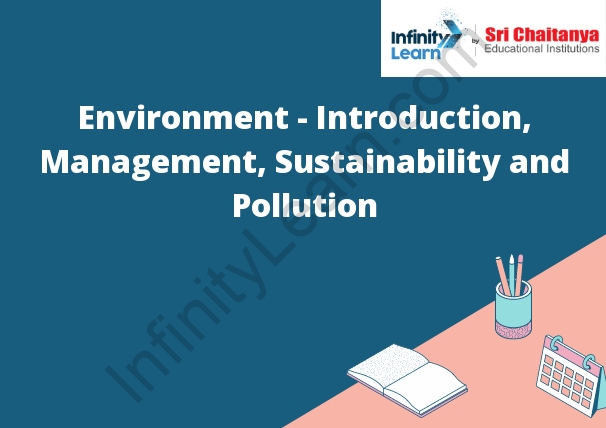Table of Contents
World Environment Day
Every year on 5 June, governments, businesses, communities and individuals from around the world come together to celebrate World Environment Day.
The day is the United Nations’ principal vehicle for encouraging worldwide awareness and action for the environment. It has been celebrated every year since 1974, when the UN General Assembly declared it a global event.
Each World Environment Day has a different theme, this year’s being “vector control”. Vector control is the effort to reduce the number of disease-carrying mosquitoes, ticks, fleas and other vectors.

Environmental Science
The field of environmental science is the study of the environment and how humans interact with it. Environmental science can be divided into three main branches: physical, chemical, and biological. Physical environmental science is the study of the physical properties of the environment, such as climate and weather. Chemical environmental science is the study of the chemical properties of the environment, such as the water cycle and soil chemistry. Biological environmental science is the study of the living things in the environment, such as plants and animals.
What is Environmental Pollution?
Environmental pollution refers to the introduction of pollutants into the environment. The pollutants can be in the form of solid, liquid, or gas. Environmental pollution can occur naturally, as in the case of a volcanic eruption, or through human activities, such as the burning of fossil fuels.
Some of the most common types of environmental pollution include air pollution, water pollution, and soil pollution. These pollutants can cause a variety of health problems, including respiratory problems, cancer, and birth defects. They can also damage ecosystems and wildlife.
How to Save the Environment?
There are many things people can do to save the environment, some small and some large. Some simple things include turning off lights when leaving a room, recycling, driving less, and using less water. Conserving energy can also be done by using energy-efficient appliances and making sure homes are properly insulated. Planting trees and using public transportation are also great ways to help the environment.
Natural Environment
The natural environment refers to the earth’s biophysical features and the processes that sustain life. It includes the water cycle, the carbon cycle, the nitrogen cycle, and the oxygen cycle. The biophysical features of the earth include its land, oceans, and atmosphere. The processes that sustain life include photosynthesis, respiration, and decomposition.
What is Environmental Sustainability?
Environmental sustainability refers to the ability of an ecosystem to remain relatively stable while supporting human activity. This includes the ability to provide the necessary resources, such as water and food, and to absorb the wastes and pollutants we produce. The goal of environmental sustainability is to ensure that we can continue to use natural resources without damaging or destroying the ecosystems that provide them.
What is Environmental Management?
Environmental management is the process of ensuring that an organization’s operations do not have a negative impact on the environment. This includes implementing systems to prevent or reduce pollution, waste reduction and recycling, and energy conservation. Environmental management also includes assessing and mitigating environmental risks, and communicating with stakeholders about the organization’s environmental performance.





